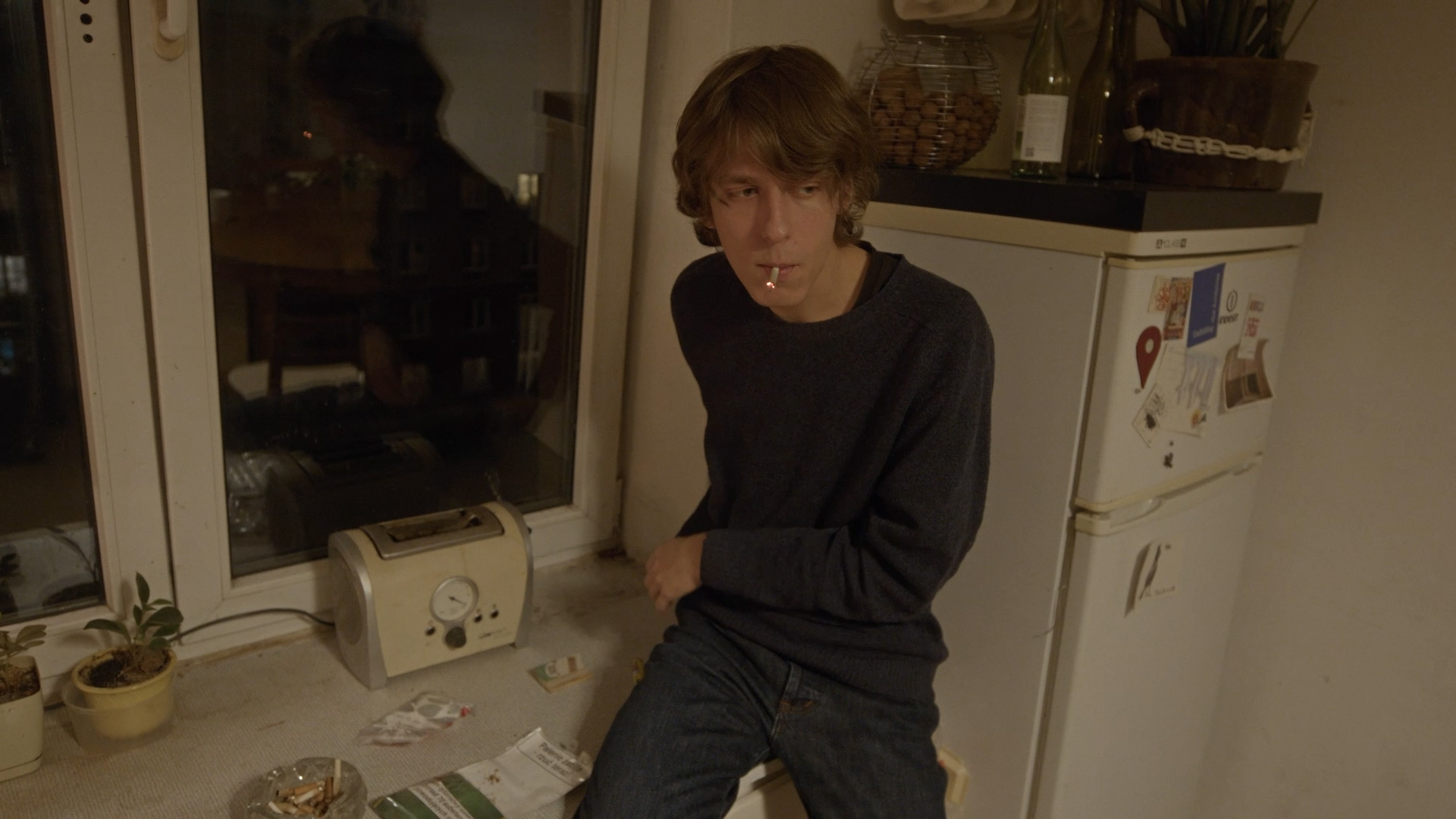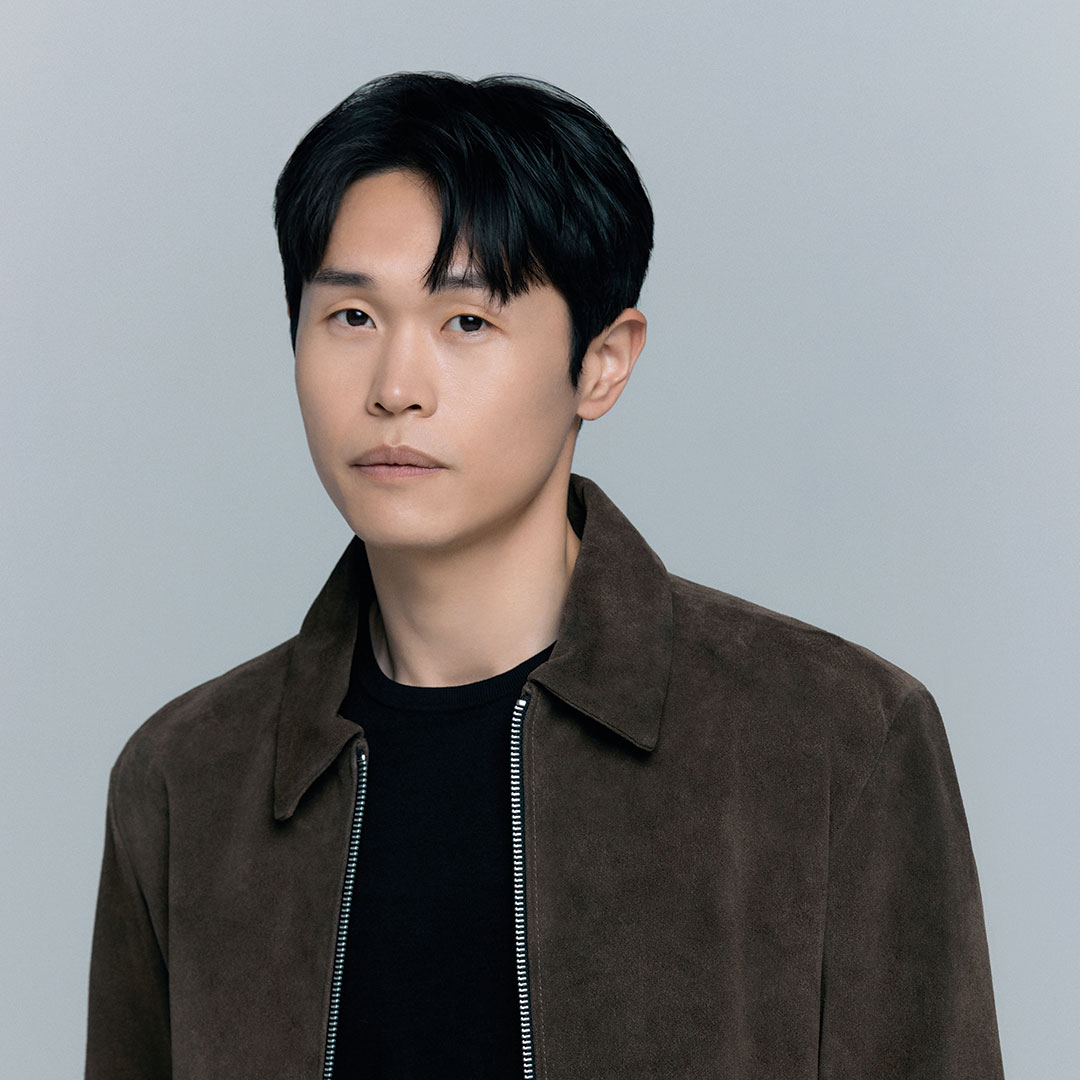페도르 오제로프의 마지막 노래 The Swan Song of Fedor Ozerov
감독 유리 세마시코 Yuri SEMASHKO | Lithuania, Germany | 2025 | 78min | Fiction | 국제경쟁 International Competition
Your first film was selected for the Forum section at the Berlin International Film Festival and will be screened for the JEONJU International Film Festival audiences. It’s making great progress as your feature film debut. Could you please state your impressions as a director?
It is always a great honor for a director when his film is shown at major international film festivals. Especially when the film was shot without financial support from state funds, because Belarusian independent cinema can only exist in exile. We were lucky to receive support from Lithuanian and German companies at the post-production stage, which allowed us to finish the film. I hope that the successful festival history of my debut will help me make my next film despite the difficult working conditions of a filmmaker in exile.
How did you come up with the idea for The Swan Song of Fedor Ozerov, which presents a mosaic comprised of political situations like the nuclear war threats in Russia, an artist’s creative desire, and Greek mythology?
I was desperately trying to come up with an idea for my first full-length film. But nothing worked. In the meantime, I was reading a lot of bad news about wars happening all over the world. I wondered why I was so obsessed with making films when the world was collapsing before my eyes. That’s how the idea of a musician obsessively searching for inspiration for new songs amid rumors of the beginning of World War III appeared. The myth of Orpheus came to mind when I was thinking about the ending of the film and couldn’t figure out how to end the story.
It was stated in an interview that the original idea was about a filmmaker struggling with creativity. What was the reason behind changing the protagonist from a filmmaker to a musician?
As I said, the idea came to me when I was looking for inspiration for the script. So I used my experience and approach to creativity, but the main character was always a musician, because I wanted to make a musical film.
Is Viachaslau Kmit, who plays Fedor Ozerov, a former musician-turned-actor? Or did he learn to play the guitar and sing to portray the character? Please share how he was cast and how he prepared for the role of Fedor Ozerov.
Viachaslau Kmit is an active musician. This is his first film role and basically he plays himself. Of course we rehearsed, but usually I just asked him to be natural.
As an extension of the previous question, if Viachaslau Kmit is an actual musician, does Fedor’s album “Minsky Syndrome,” which was featured in the film, also exist in real life?
No, there is no such album, but Viachaslau has several recordings under his own name. And we used his songs in the film.
The character of Fedor seems to be based on specific musicians: his appearance is reminiscent of Mick Jagger from the Rolling Stones, his guitar-playing style is reminiscent of Bob Dylan, and an album poster of Sonic Youth hangs in the house of another musician who gives Fedor a sweater. Which musicians did you use as a basis to develop the character of Fedor?
All the references can be considered suitable (+ Leonard Cohen), because I’m a big fan of old rock and I was inspired by this old school type of singer-songwriter. But as I said, Viachaslau played himself, he wears his own clothes, sings his songs in his own style, his room in the film is his room in real life.
The rock-based music in the film, including that created by Fedor, was absolutely brilliant, especially the song that he sings in the basement. We assume it was composed by Sinie Gory. Could you explain the concept behind the music in the film?
The song that Fedor performs at the end of the film is a real song by Viachaslau. The song was released about a year before the filming. I chose it for the film because it was perfect in meaning and mood. Sinie Gory wrote all the non-diegetic music. The concept was this: we moved from guitar minimalism at the beginning to ancient Greek tragedy at the end.
In the film, Fedor obsessively searches for a daisy flower-printed sweater to get musical inspiration. In the ending credits, it is revealed that there was a separate person who designed this sweater. Why did you pay particular attention to the sweater with daisy flowers?
Creating a special daisy sweater was one of the most challenging tasks. Since much of the plot revolves around searching for the sweater, it had to be truly special and memorable.
Do you have any items you obsess over to gain creative inspiration, just like how Fedor obsesses over the sweater?
No, but it would help me a lot in my work.
The final scene, in which Fedor descends into the underworld and rescues his sister after singing, appears to have been inspired by the Greek myth of Orpheus. A book about Orpheus is also referenced in the film. Why did you choose to incorporate this mythological element into the movie?
I thought the film should break out of reality at the end of the film. Because art can save and even resurrect from the dead. Not in the real world of course, but metaphorically.









